Reviving Jirgas: undoing constitutional gains
Proponents of Jirga revival often frame it as a culturally rooted mechanism for community-based dispute resolution
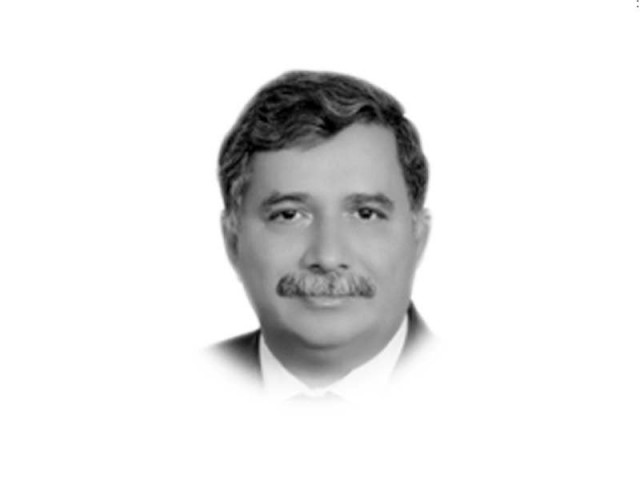
Recent discussions at the federal level about reviving the Jirga system in the merged tribal districts are deeply concerning and deserve serious national scrutiny. These proposals, if pursued, will mark a dangerous reversal of one of Pakistan's most significant constitutional reforms — the merger of the erstwhile Federally Administered Tribal Areas (FATA) with Khyber-Pakhtunkhwa under the 25th Constitutional Amendment carried out in 2018.
Let us be clear — this is not a benign attempt to honour local traditions. It is a calculated effort to restore an extra-constitutional governance system that historically denied due process, judicial recourse and civil rights to millions. The Jirga system, once embedded in the draconian Frontier Crimes Regulation (FCR), operated without legal representation, judicial oversight or accountability. Its revival would amount to institutional regression — unconstitutional, undemocratic and unjust.
The 25th Amendment was not a cosmetic change. It abolished FATA's special status, repealed the FCR, extended the jurisdiction of the superior judiciary and brought its people under the same constitutional protections as other Pakistani citizens. It was a democratic milestone that ended over a century of legal and political isolation. Undoing this would mean reneging on a solemn constitutional promise.
Under Pakistan's federal structure, the Constitution clearly delineates the domains of the federal and provincial governments. Justice administration and local governance are provincial subjects. Any attempt by the federal government to reintroduce Jirgas in the merged districts — whether directly or indirectly — would violate these constitutional boundaries and erode the authority of provincial institutions.
Worse still, such a move contradicts the spirit and letter of the National Action Plan (NAP), which aimed at integrating FATA into the national mainstream through constitutional, legal and administrative reforms. Reviving Jirgas undermines this integration and promotes the dangerous notion that certain regions are unfit for constitutional governance.
Proponents of Jirga revival often frame it as a culturally rooted mechanism for community-based dispute resolution. However, historical realities contradict this romanticised view. The Jirga system was an instrument of colonial control, working alongside political agents under laws that enforced collective punishment and denied civil liberties. Far from resisting militancy, these structures often coexisted with non-state actors and failed to provide justice or security. One must ask: before the merger, did Jirgas ensure justice? Did they resist militants? The answer is a resounding no.
The pre-merger system fostered a dual governance structure — state-imposed on one side and militant-enforced on the other. The merger was intended to end this dangerous ambiguity and place the region firmly under constitutional rule. Rolling back this reform would restore that confusion and embolden non-democratic forces.
It is important to acknowledge that progress since the merger has been uneven. Governance remains weak, development inadequate, and public services insufficient. But the remedy lies in accelerating reforms — not abandoning them. Instead of reviving outdated systems, efforts should focus on strengthening local governments, expanding the formal justice system, ensuring equitable development and building trust in constitutional institutions.
The socio-economic realities of the merged districts are stark. With a population of over 5.743162 million across 27,000 square kilometres, the region remains among the most underdeveloped in the country. The literacy rate stands at a dismal 33%, with female literacy as low as 12.7%, compared to the national average of 47% for women. Healthcare infrastructure is alarmingly poor, with one hospital bed for 2,574 people and just one doctor available for 6,630 residents. Only 43% of the population has access to safe drinking water.
These figures point to decades of neglect. In 2015-16, a mere Rs19.7 billion were allocated to development activities for the entire region. Such chronic underinvestment contributed to the backwardness and governance vacuum that the merger sought to address. The solution lies not in reviving Jirgas but in redoubling efforts for institutional reform and economic uplift.
Reinstating the Jirga system would not only roll back hard-won constitutional rights but also reinforce a narrative of exclusion and inequality. It sends a chilling message: that some citizens are less deserving of constitutional protections than others. This is not only unlawful — it is unacceptable in a democratic polity.
The path forward is clear. Uphold the Constitution. Empower elected local institutions. Strengthen formal justice mechanisms. Honour the promises made to the people of the merged districts. The constitutional integration of these areas is not just a legal matter — it is the foundation of any lasting peace, justice, and development.
Pakistan made a historic and bold choice by extending the full scope of constitutional rights, responsibilities, and protections to all its citizens. To retreat from this commitment would be to step back into a legal and institutional darkness that the country can ill afford.

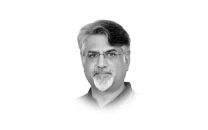




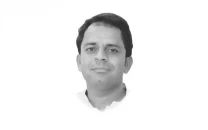
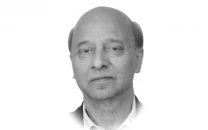

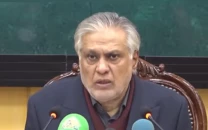
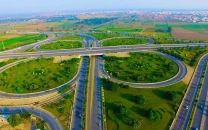

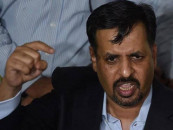



COMMENTS
Comments are moderated and generally will be posted if they are on-topic and not abusive.
For more information, please see our Comments FAQ